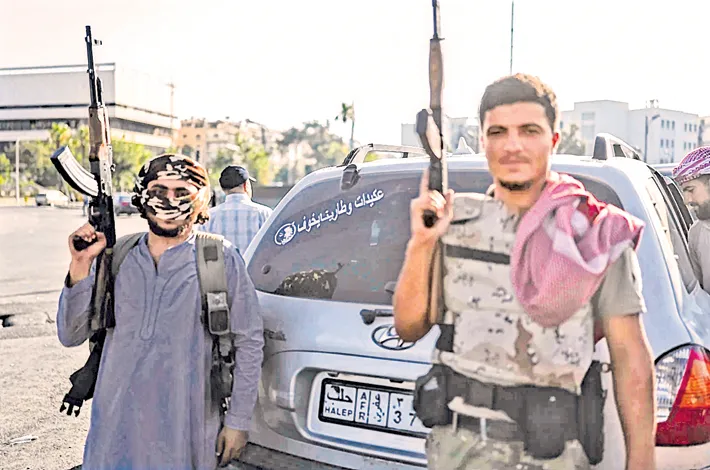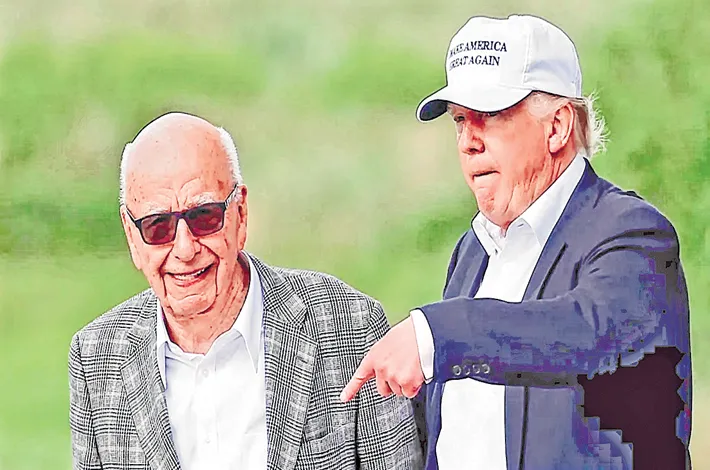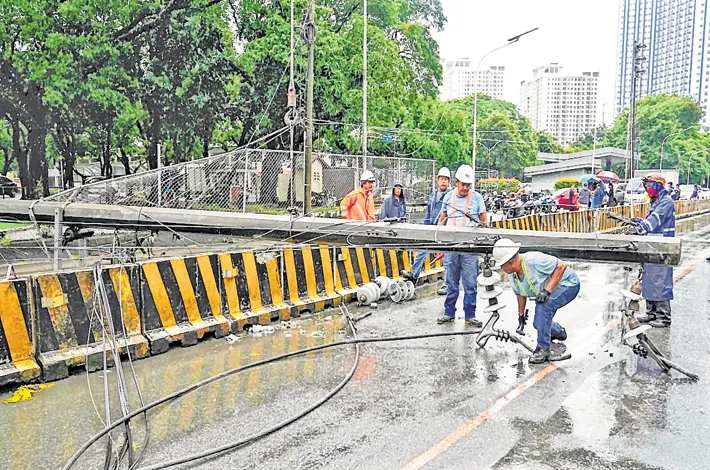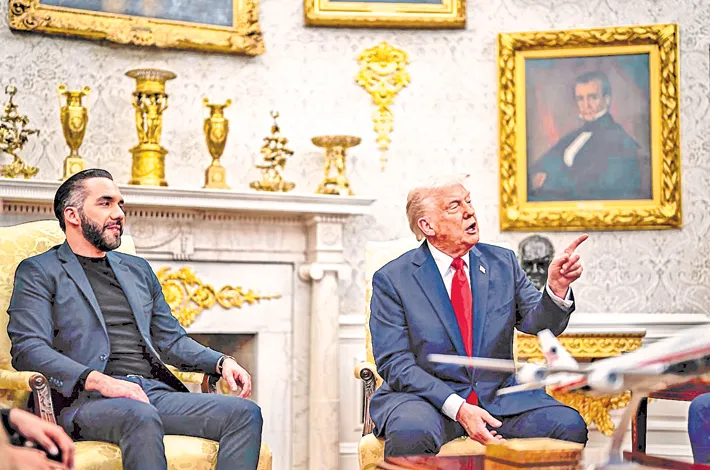Iran holds state funeral for commanders & scientists
29-06-2025 12:00:00 AM
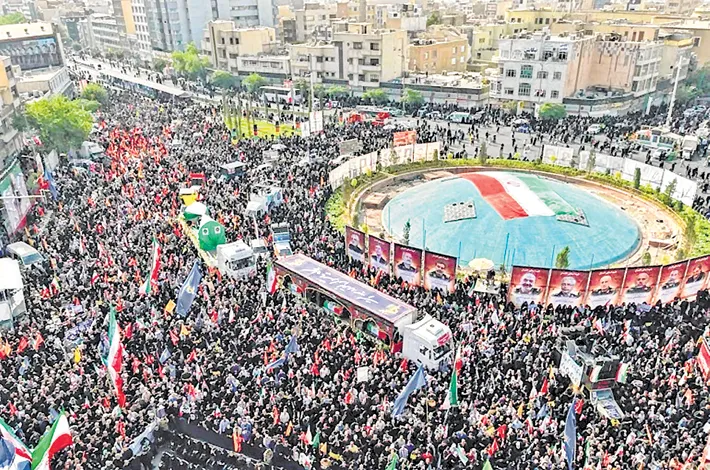
Thousands of mourners lined the streets of Iran’s downtown Tehran on Saturday for the funeral of the head of the Revolutionary Guard and other top commanders and nuclear scientists killed during a 12-day war with Israel.
The caskets of Guard’s chief Gen Hossein Salami, the head of the Guard’s ballistic missile program, Gen Amir Ali Hajizadeh and others were driven on trucks along the capital’s Azadi Street as people in the crowds chanted: “Death to America” and “Death to Israel”. Salami and Hajizadeh were both killed on the first day of the war, June 13, as Israel launched a war it said meant to destroy Iran’s nuclear program, specifically targeting military commanders, scientists and nuclear facilities.
There was no immediate sign of Iran’s Supreme Leader, Ayatollah Ali Khamenei, in the state broadcast of the funeral. Khamenei, who has not made a public appearance since before the outbreak of the war, has in past funerals held prayers for fallen commanders over their caskets before the open ceremonies, later aired on state television.
Iranian Foreign Minister Abbas Araghchi was on hand, and state television reported that Gen Esmail Qaani, who heads the foreign wing of the Revolutionary Guard, the Quds Force, and Gen Ali Shamkhani were among the mourners. Shamkhani, an adviser to Khamenei who was wounded in the first round of Israel’s attack and hospitalised, was shown in a civilian suit leaning on a cane in an image distributed on state television’s Telegram channel.
US used 20% of its THAAD missiles to defend Israel for 12 days: Report
The US used up a total of 15-20% of the country’s advanced anti-missile system or Terminal High Altitude Area Defence (THAAD) to bolster the defence against Iran’s aerial strikes during the 12-day conflict in which Israel and the US struck nuclear facilities. According to Military Watch Magazine, an estimate of 60-80 interceptors were utilised during the conflict. A single launch of a THAAD interceptor costs between $12-15 million, so the entire cost of these interceptors sits between $810 million to $1.215 billion. This figure dwarfs the cost of Iran’s missile barrages. This asymmetric cost of defence versus offence is not sustainable in the long term or multi-front conflicts.
As per the Wall Street Journal, the US had restocked the THAAD system set up in Israel in 2024. Iran had launched a barrage of missiles on cities across Israel in response to attacks on its nuclear and military facilities. They included models such as Ghadr, Emad, Kheibar Shekan, and the Fattah-1 hypersonic missile, which is hard to intercept as it travels at up to Mach 15.
The THAAD deployment to Israel came with challenges as supporting allies in conflict zones would mean using resources that could affect military readiness and future deployment.
The THAAD system was designed to counter the expanding missile capabilities of nations like North Korea and Iran as they were pursuing medium and intermediate range ballistic missiles capable of delivering conventional or nuclear warheads.





